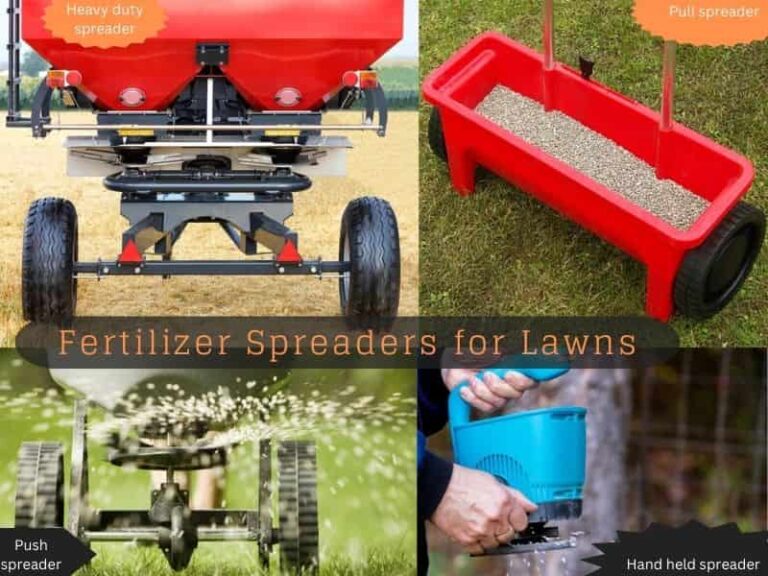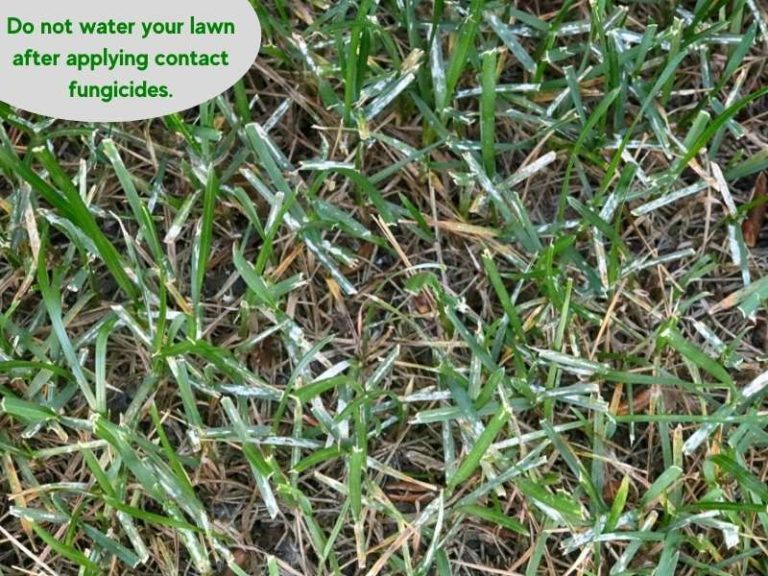How to Edge Between Gravel and Lawn: 7 Separation Ideas
Edging between gravel and lawn keeps the loose materials from spreading about in your property. You can come up with several separation ideas to hold the gravel in place. However, there are two critical factors to consider; the size of the edges and the cost of the separation material.
Despite your choice of edgers, separating gravel and lawn will require digging trenches along the borders. That means marking the boundaries and determining the length and quantity of the edgers required. You can separate them using galvanized steel, curved stones, boulders, or blocks. Cheap alternatives include wood and brick edgers.
Before getting into the benefits of gravel driveway-lawn edging, we will look at how to edge and separate grass from gravel.
How to edge and separate grass from gravel
When it comes to edging between gravel and lawn, the creativity is limitless. The only limitation will be if you are on a budget. But there is no need to worry since there is something for everyone. Here I will show you seven edging ideas that can be used to separate grass from gravel in areas such as driveways, walkways, etc.
Grass can be very fragile, especially during dry seasons, and foot traffic can result in the dying back of the lawn. Similarly, you may end up having irregular edges between grass and gravel if you do not edge appropriately. These separation ideas will help you bring out the best in your lawn by considering its functionality, aesthetics, and cost.
Here are the seven edging ideas;
1. Wood
Without a doubt, wood is the most cost-effective edger for separating grass from gravel. Wood is easily customizable, and you can get as creative with it as you want. For instance, you may decide to set them as a picket fence, mini fence, or wood-edged raised beds.
Edging with wood means you should go for the ones treated for outdoor use. Untreated wood has short lifespans and can be quickly eroded and eaten away by the mold, algae, and surface runoffs. Treated wood has long lifespans and will effectively separate grass from gravel.
All you need to do is dig trenches along the edges and install them at equal heights. Most importantly, you can use exterior paint of your choice on the wood to match your property and extend its lifespan even further. Wood is fine for walkways. However, it is not strong enough to hold the gravel in your driveway for long because of vehicles.
2. Galvanized steel
Unlike wood, galvanized metal is when the cost is not an issue. In other words, it can be expensive. Galvanized steel provides two significant benefits. First, the gravel and grass separation will remain strong and in position for many, many years. Secondly, galvanized steel is malleable and can be curved to fit your driveway edges.
Using galvanized steel to separate grass from gravel creates smooth, clean, and uniform curves for the lawn. Despite the cost, its other limitation is that you may spend money on concrete and ballast to keep the metals intact. Also, if your property has heavy plant roots beneath the soil, galvanized steel can bend and warp out of shape.
Using thin metals of 5mm to 10mm thickness can be quick and easy. You can push the metal lining into the grass and gravel edge. You can find metals of various heights from your local garden store or visit the manufacturers for customized pieces.
3. Brick edgers
Brick edgers are another cost-effective material for separating grass from gravel. In addition, you can apply them in a variety of ways. You can stack them together, lay them sideways, or create texture by putting down two bricklayers next to each other. Like wood, a slight trench is necessary to lock bricks into position.
Stacking them up using cement mortar creates a tall border between the grass and the gravel. It also provides enough strength for driveways and walkways and can hold the materials long. If you don’t want a tall edge, you can lay the bricks sideways for a thin borderline.
Do that by putting the front of one brick on the back of the next one. I like bricks because they can also be installed along curved borders. Although new bricks have a shiny appearance, landscapers recommend reclaimed ones. It not only saves you the cost but is also an eco-friendly option.
4. Rock boulders
These are particularly helpful when your property is located in a rocky region. Otherwise, it could be costly to transport the large boulders to your site. Laying them on top of each other along the gravel and grass border does not require special expertise. You can roll the boulders and arrange them yourself or seek a landscaper for a fine touch.
They provide a durable edge that neither gravel nor grass can overlap into the driveways and walkways. You can add soil between the boulders and introduce some decorative flowers in the spaces. Boulders will give you the height you desire fast and do not need trenches unless you need a uniform top.
5. Concrete
Edging with concrete can also separate the gravel from grass and give your lawn significant curb appeal. Concrete provides multiple options. You can use simple concrete that is flat and on the same level as the grass and the gravel. Also, moulded concrete can yield good results.
The nice thing about concrete is that it is cheap and can last for more than 30 years on your lawn. The creativity is also endless. You can make the edging thick, flat or tall, as well as paint it to resemble the gravel or your property.
6. Plant hedge
Planting a hedge between the gravel and grass can give you a wonderful walkway. Although this method is practical, it takes longer to grow. Therefore, if you are looking for a quick solution, it might not be the best choice. Otherwise, you can choose an impressive and luxurious flower or tree for the hedge if you don’t have one.
Tending to the edge through trimming allows them to spread and seal the border between the gravel and the grass. However, they may need a lot of maintenance to ensure healthy grass as bushy hedges result in shades. Nevertheless, hedging shows that you are a true gardener.
7. Plastic edging
Another cheap way to edge between gravel and grass is by installing pre-made plastic edgers. Although not as strong, they are customized for various shapes and colors. They can mimic the gravel or the general appearance of your lawn. Although they are easy to install, you can not compare their lifespan to cement or galvanized steel.
Can you use a lawn edger near gravel?
A lawn edger near gravel requires that you mow the grass first. Be careful not to bring the lawn edger too close to the gravel as it may get blunt or damaged. Make sure to keep the trim line between the gravel and the grass and cut a little at a time.
Since it moves clockwise, I recommend that you trim by moving from left to right so that the trimmings fall on the grass and not the gravel.
Benefits of gravel driveway-lawn edging
You should lay down landscape fabric before installing the edging since gravel exerts significant outward pressure on the driveways and walkways. In doing so, the gravel driveway-lawn edging will yield several benefits.
Edging between gravel and lawn keeps the loose materials from spreading about in your yard. For example, concrete not only gives your property an original feel but is also tough enough to keep gravel on the driveway and restrict the grass from spreading.
If any spaces remain on either side, spread gravel uniformly. The grass will spread naturally to seal the other side. Separating grass from gravel not only makes your lawn attractive but also distinguishes various components in your property.
Edging with concrete, bricks, or steel can also give your lawn significant curb appeal. A hedge between the gravel and grass can give you a wonderful walkway. Thus, they can inform visitors of areas to step on and keep away from.




